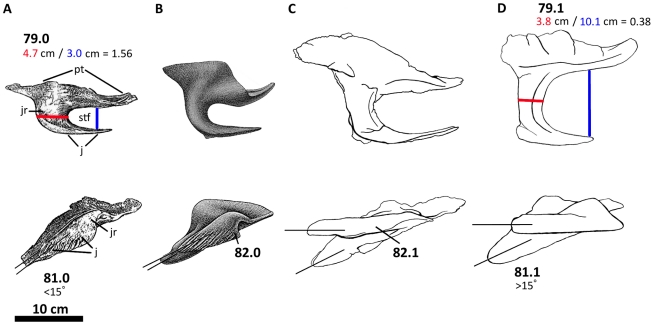Figure 47. Illustration of characters 79, 81, and 82 (Appendix S1).
Left ectopterygoids of (A) Sinraptor dongi (image modified from [16]), (B) Allosaurus fragilis (image modified from [69]), (C) Acrocanthosaurus atokensis (NCSM 14345), and (D) Giganotosaurus carolinii (MUCPv-CH-1) in dorsal (top row) and lateral (bottom row) views. Characters 81 and 82 appear to be dependent upon first examination, as both Acrocanthosaurus and Giganotosaurus share an ectopterygoid with a narrow jugal ramus (82∶1) that is rotated dorsally (81∶1), in contrast to the more robust jugal ramus (82∶0) that lies parallel to the main body of the ectopterygoid (81∶0) in Allosaurus and Sinraptor. However, the presence of a dorsally rotated jugal ramus (81∶1) in Carnotaurus (a basal theropod consistently recovered outside of Allosauroidea [81]) coinciding with a wide jugal ramus and narrow subtemporal fenestra (82∶0), suggests that the states are independent. j, jugal contact; jr, jugal ramus; pt, pterygoid contact; stf, subtemporal fenestra.

